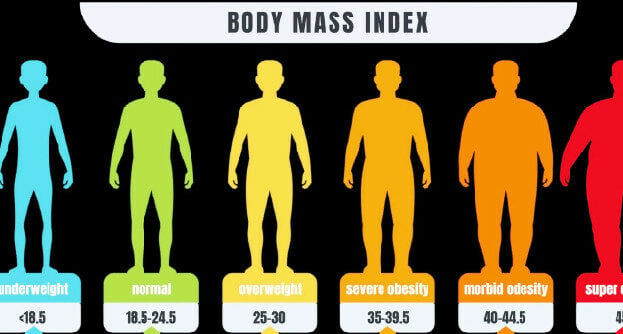When it comes to health, many of us focus on the number on the scale. However, weight alone doesn’t tell the whole story. A child who appears “plump” may actually be undernourished, while an adult who seems slim could still be at risk for chronic illnesses. This is why health professionals often use weight-for-height and weight-for-age measurements. These indicators compare a person’s weight to their height or to standard age-based charts, helping to reveal whether growth and body composition are on track
In children, these indicators are crucial for detecting malnutrition early whether it’s undernutrition, which can lead to stunting, or overnutrition, which increases the risk of obesity and related health problems later in life. For adults, maintaining a healthy weight relative to height is associated with lower risks of hypertension, diabetes, heart disease, and certain cancers. Yet many families are unfamiliar with how these measurements work, and some worry that charts or percentile tables might feel confusing or judgmental. In reality, they are simply tools gentle signals that can guide us toward healthier habits and timely care.
Using weight-for-height and weight-for-age measurements is just one part of understanding overall health. They are most effective when paired with balanced nutrition, regular physical activity, and routine medical check-ups. Tracking these indicators over time allows parents and adults alike to spot trends early, celebrate healthy growth, and take timely action if adjustments are needed. Ultimately, these tools are not about labeling or judging, they are about empowering families and individuals with the knowledge to make informed choices that support long-term well-being.
Facts To Know
Weight-for-Height (W/H): Commonly used for children and adults, this compares body weight to stature. For adults, it is closely related to Body Mass Index (BMI). For children under five, it helps identify wasting (low weight for height) or overweight.
Weight-for-Age (W/A): Often used in infants and young children, it reflects overall growth. Low weight-for-age may indicate undernutrition, while high values may signal overnutrition.
Growth Charts: WHO and national health agencies provide charts where a child’s weight and height are plotted against age to assess whether they fall within a healthy range.
Practical Tips
Regular Checkups: Weigh and measure children at least once every three months during the first two years, and yearly after that. Adults can benefit from annual health checks.
Balanced Nutrition: Offer a variety of foods grains, protein, vegetables, and fruits. Avoid labeling children as “too fat” or “too thin” without a professional assessment.
Active Living: Encourage daily physical activity suited to age, from playground games for kids to brisk walks for adults.
Seek Guidance Early: If a child’s measurements fall below or above recommended ranges, consult a healthcare provider rather than relying on home remedies or social media advice.





